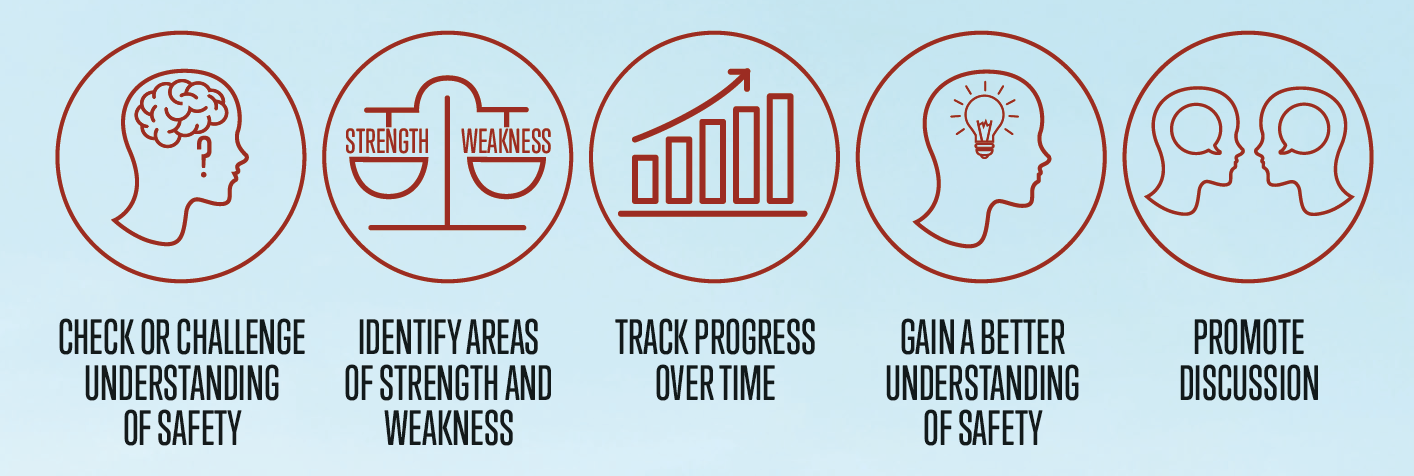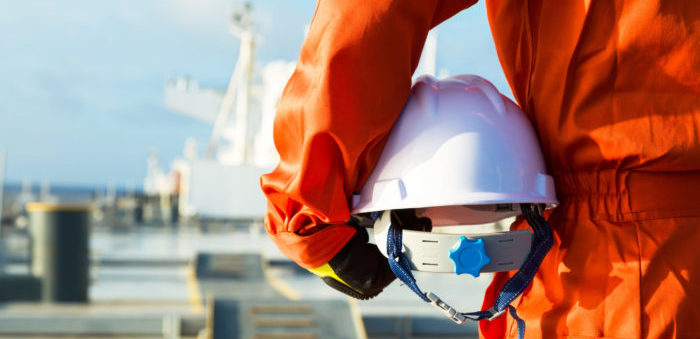North P&I Club announced the launch of a self-assessment tool for owners and operators to assess and improve their safety performance. Developed in conjunction with leading safety consultancy Green-Jakobsen, the Safety Culture Organisational Assessment tool (SCORA) seeks to enable operators to measure their organisational capacity for safety, both onboard and ashore.
The SCORA is actually an easy-to-use online survey, producing a confidential report that provides an overview of an organisation’s safety capacity in five key safety areas, explained Mr. Simon MacLeod, Deputy Diretor (Loss Prevention).
The SCORA report provides a foundation for discussions around safety improvements. By identifying and prioritising areas for improvement, owners and operators can focus their resources more effectively. Completing the survey periodically provides an indicator of progress over time and the effectiveness of implemented improvements,
…he added.
How it works
SCORA uses a specially designed, easily accessible online survey to assess the safety maturity of vessel operators across five key safety areas:
- Safety Leadership – Strong safety leadership drives continuous safety improvement processes and fosters an open and trusting culture, which is essential to creating a resilient safety culture.
- Health & Wellbeing – It is important to ensure the health and well-being of the crew in order for them to act safely and perform to their very best
- Risk Management – Best practice risk management helps ensure safe working conditions throughout all work processes.
- Learning & Development – Safety performance is improved through on-going development of safety skills and work processes.
- Safety Reporting – Safety reporting that captures lessons learned and is followed up by the shore-based office supports the continuous improvement of safety performance
How to use it
SCORA can be used in a number of different ways depending on what you are trying to achieve, your level of safety maturity and your business preferences. Namely, it can be used:
- to confirm, or challenge, the organisations understanding of safety by identifying what is being done well and what could be improved.
- to promote internal discussions on how safety is perceived by both vessel managers and shore managers. By completing a separate survey for shore side managers and shipboard managers differences in perception can be clearly identified.
- to track development of safety maturity over time.
- to identify areas of perceived strength & weakness which aids safety discussion and allocation of resources to the areas identified as needing improvement, ensuring that limited resources are used to best effect.
- as a basis for better informed discussions around safety maturity at management level.
SCORA form part of North’s Safety Management 2.0 initiative, which focuses on a more person-centric approach to safety.
The nature of safety management seems to be changing. There is a growing realisation that a systems based approach to safety is no longer enough. Organisations are reassessing their approach to safety, looking for areas where they can improve and working harder on the human element. A SCORA assessment supports members in all these activities,
…noted Colin Gillespie, North’s Director of Loss Prevention.
The benefits of SCORA

This comes only a few weeks after the Club launched a new series of bite-sized training packs to help seafarers avoid the contributing factors to workplace casualties. The first of its training packs, launched in early February, focuses on the Can Test, the IMSBC complementary test for bulk cargoes, to address suspected bulk cargo liquefaction, which has claimed lives of an estimated 112 seafarers since 2007.
The Can Test provides ships’ crews with an indication of whether the cargo being loaded is potentially unsafe to carry. The Club’s delivery guide actually provides the background, instructions and content to support senior officers and superintendents delivering can test training to ship’s officers and crew.

































































